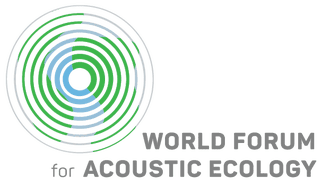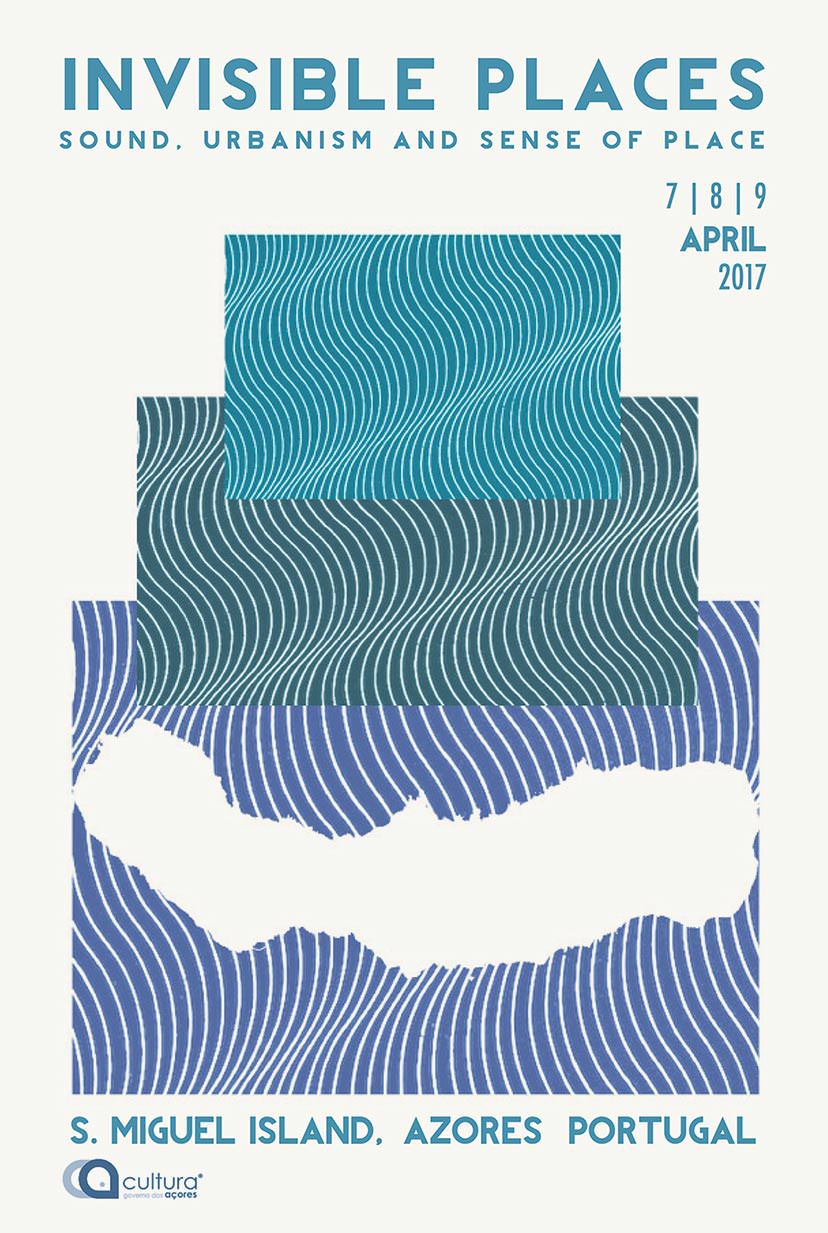|
INVISIBLE PLACES 2017
SOUND, URBANISM AND SENSE OF PLACE 7-9 APRIL 2017 SÃO MIGUEL ISLAND, AZORES, PORTUGAL Many studies engaged with acoustic ecology have focused on urban environments, motivated by increasing concerns about the sensory impoverishment related to the dominance of anthropogenic sound associated with traffic and other types of transport, machinery from industry or construction, alarm signals and other sounding activities, which often mask and interfere with our living environment. These anthropogenic sounds have tended to be linked to a lack of environmental quality, as they inhibit the perception of other natural sounds. The sounds of the wind, the water, the voicing of certain animals originating from natural landscapes often contrast with human sounds in urban landscapes. They often share the same physical characteristics as measured by volume, duration, frequency or tone, but are experienced by humans differently. Beauty is in the ear of the beholder, we could say. Soundscapes are part of any ecosystem and a fundamental manifestation of life. Every individual and species contributes and responds differently to a given sonic context with its own perceptual mechanism and will use diverse communication strategies. Development processes and urbanization have directly influenced the environment, often in negative ways that eliminate or diminish unique sounds, causing loss of social identity and cultural diversity. The aim of this conference is to bring together scholars, artists and theoreticians on soundscape art and ecology and encourage them to present new perspectives that will further interdisciplinary research and practice. We still know little about the complex relationships between landscapes and soundscapes or the significance of acoustic ecology for all living organisms including ourselves. Focused study and intentional stewardship of our sound heritage for the holistic evaluation of landscapes is fundamental to the evolution of all species, and will have a great impact on the survival of many. More information at www.invisibleplaces.org The Soundscape Association of Japan (parent organization of JASE) met throughout 2016.
May 28-29: The 2016 General Meeting and Symposium was held at Aoyama Gakuin University in Tokyo. The symposium, entitled “The Soundscape of Tokyo Water System” began with introduction by Hiroshi Washino (art director) and keynote speech by Keiko Torigoe (professor at Aoyama Gakuin University), followed by comments of two panels, Hiroshi Kamiya (water line designer) and Kimio Takami (professor at Hosei University). May 29: The 2016 Spring Research Seminar was held in ASTUDIO at Aoyama Gakuin University included two oral presentations and two demonstrations. July 31: “Finding Sounds in Pictures” in Tokyo Metropolitan Art Museum consisted of 1) Workshop facilitated by Hideki Suzuki (teacher, Elementary School Attached to the Tokyo Gaugei University) and Teppei Kambayashi (teacher, Waseda Jitsugyo Primary School) and 2) keynote lecture by Kento Takahashi (doctoral student at Hirosaki University), followed by talk session together with Yoshihiro Kawasaki (sound artist, sound designer) and Tadahiko Imada (professor at Hirosaki University). September 17: “Listening to Insects in the Mount Takao” was led by instructors Eiji Otani (Forestry and Forest Products Research Institute) and Teruyo Oba (Natural History Museum and Institute, Chiba). November 13: “The Soundscape Formed by Festival Music” at the Sugunami Historical Museum in Tokyo featured Kohei Nishikawa, one of the most accomplished traditional Japanese transverse flutes' players. December 18: The 2016 Autumn Research Seminar at Kumamoto University offered three oral presentations and two demonstrations. Questions or follow up may be directed to Tadahiko Imamada. |
Archives
May 2024
Categories
All
|


 RSS Feed
RSS Feed